
Pierre-Auguste Renoir was a French Impressionist artist who was born in 1841 and died in 1919. He combined the traditions of outdoor scenes of pleasure as depicted by the likes of Watteau and the Classical nude with the progressive aesthetic of Impressionism. We will now take you through 18 of his most famous paintings, and as you go, you will get to learn more about this fascinating artist.

The most famous of Renoir's works was painted in 1876 and is widely considered to be a masterpiece of Impressionism. Held at the Musée d'Orsay in Paris, this painting was displayed at the first Impressionist exhibition ever held. It depicts a Sunday afternoon at the Moulin de la Galette in Montmartre, which was frequently descended upon by many Parisian revelers. The painting gives a sense of the vigor of Parisian life, with couples dancing and girls and boys chatting in the foreground.
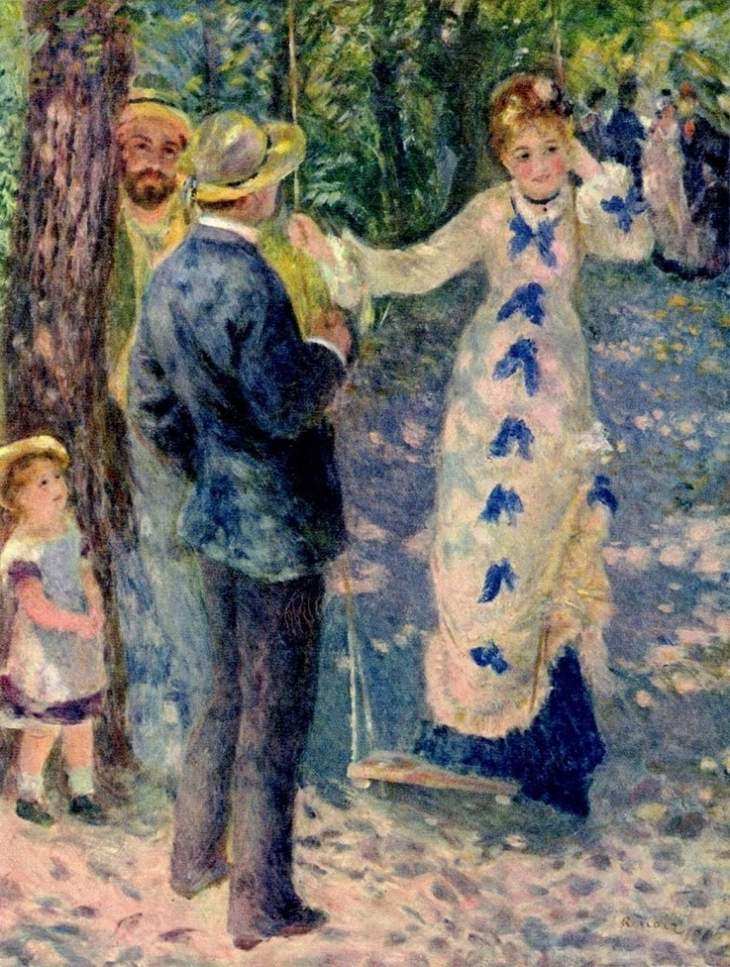
Painted as a companion piece to the Moulin de la Galetta, this painting is also housed in the Parisian Musee d'Orsay. It depicts a single scene rather than a panorama of revelers. A man appears to be propositioning a young lady on a swing, as a child looks on, and another man peers at them from the background. Interestingly, the people depicted in this painting were either related to Renoir, or to the individuals depicted in the painting itself, making it one of the most interesting Renoir paintings of all.
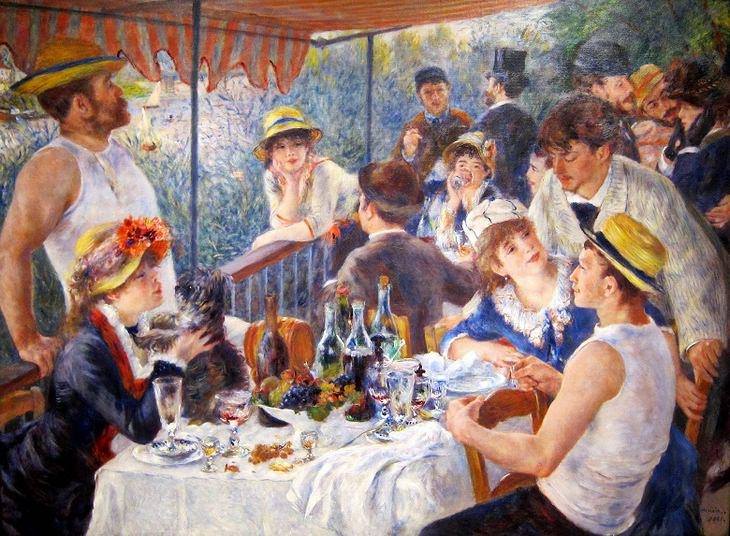
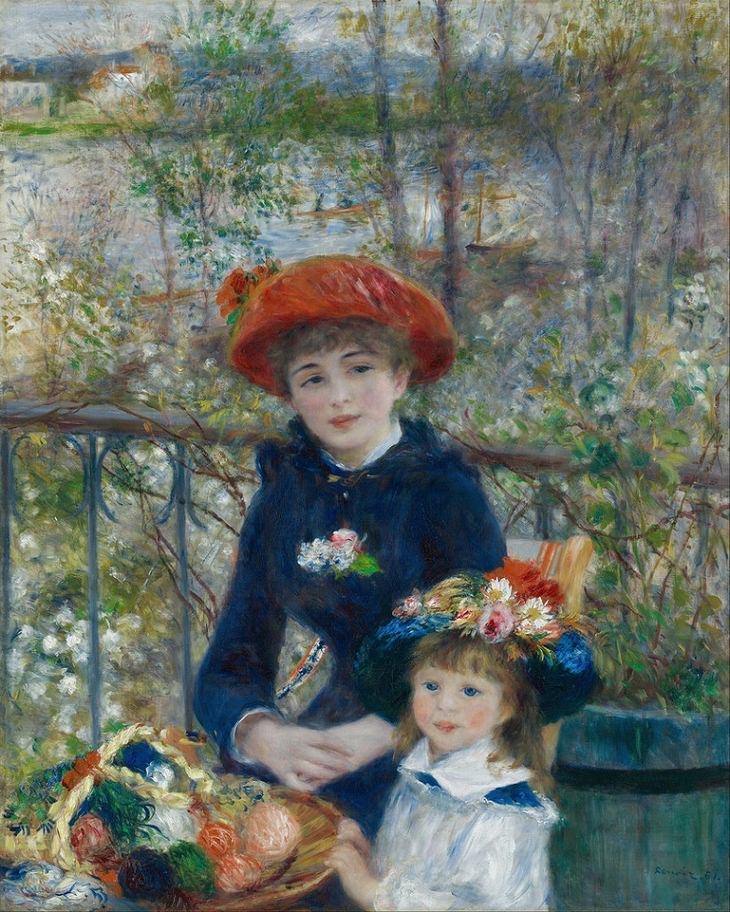
Although Renoir named this painting Two Sisters, it's also known as On the Terrace, and this is because its first owner decided to refer to it that way. Collector Charles Ephrussi also owned the painting, but it was sold to the Art Institute of Chicago in 1833, where it has been ever since. This work is also reflective of Renoir's move toward more precisely-rendered and solid figures. The two girls that can be seen in the painting are sitting with the Seine behind them.

During his travels in Italy in 1881, Renoir studied the works of old masters and Classical painters. This led him to turn away from Impressionism on his return, becoming more restrained in his style and emphasizing figure outlines. Bourgival was a Parisian suburb that was synonymous with relaxation and dancing. The models in the center of this painting are Renoir's friend Paul Lhote, and Suzanne Valandon, who actually worked for the painter for many years. The painting, which now hangs in the Museum of Fine Arts in Boston, was one of three paintings featuring a pair of dancers painted for Paul Duran-Ruel in 1883.
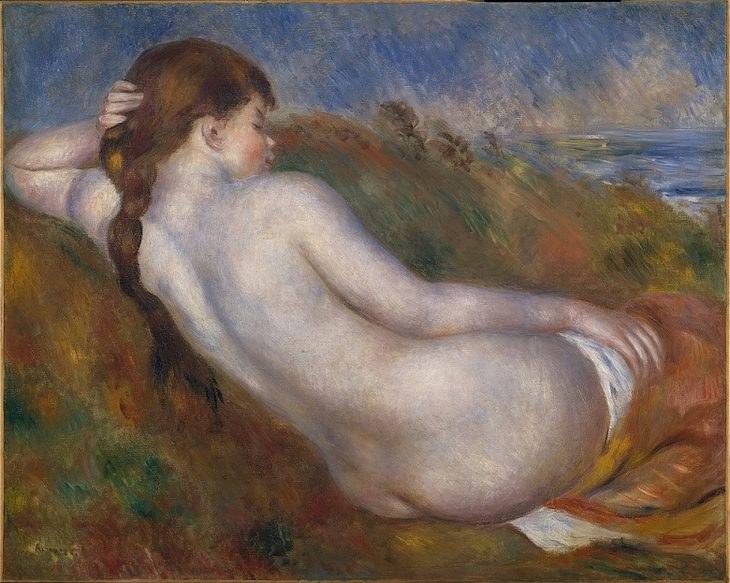
Nudes became a central subject in Renoir's later works. This painting is notable for its crisp, clear depiction of the nude body combined with the indistinct Impressionist landscape in the background. It serves as clear evidence for the Classical and Renaissance movements that have influenced his work. Renoir's work in the 1880s is known as his "Ingres Period", due to his frequent references to the great neo-classicist, Ingres. Reclining Nude is on display at the Metropolitan Museum of Art in New York.
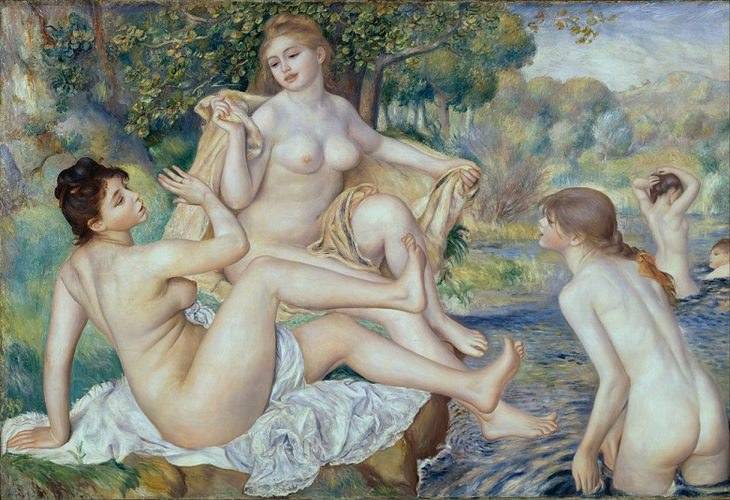
The culmination of Renoir's Ingres Period can be seen in this painting, which took three years of hard work and experimentation to complete. Sadly, critics were quick to dismiss his work. Particularly striking are the well-rounded figures, and their definition against the obscure background provides a high level of contrast. There are elements of Ingres, Rubens, and Watteau in the painting, which represents an amalgamation of different styles and influences.
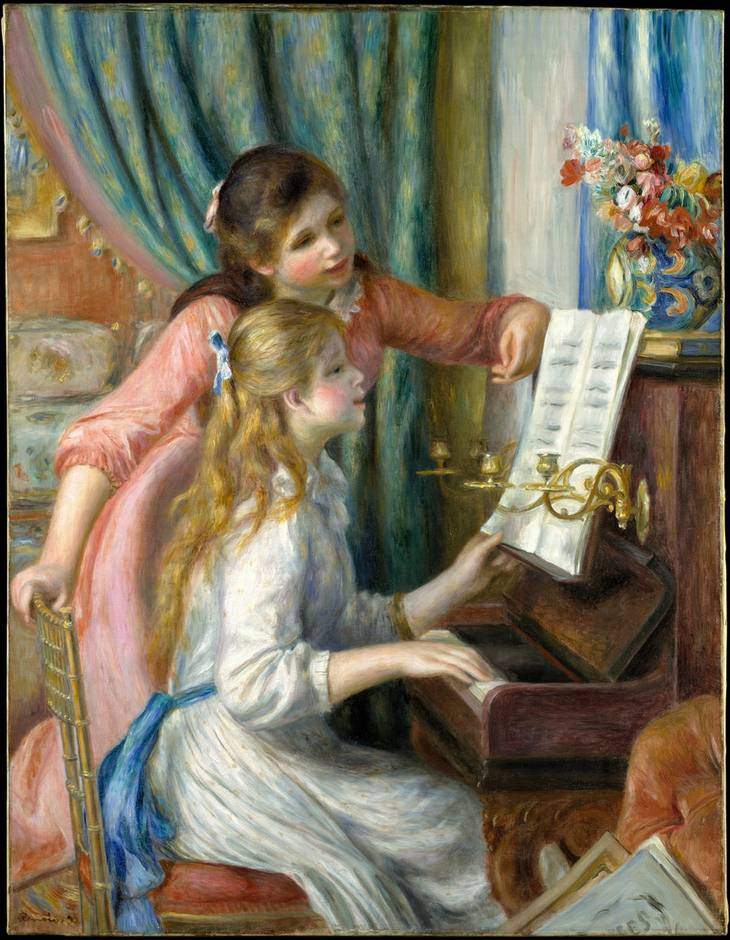
In 1891, the French government invited Renoir to provide new work for a museum of living artists - the Musee de Luxembourg. He painted the work shown above, creating no less than five different versions of it in all. It features heavy influences from 18th-Century genre painting, and this is evidenced by its focus on a simple domestic scene, as well as the russet colors of the girls' hair and warm pink of one of their dresses. The two finest versions of the painting are held in the Museum of Art in New York, and the Musee d'Orsay.

Renoir experienced poor health in the latter part of his life, but that didn't stop him from working. He moved to the Mediterranean coast and took up painting female nudes once again. This particular painting is dominated by two nudes in the center, with more nude bathers off in the background. Renoir wanted to include nothing of the modern world in this work, and it is, in fact, a timeless painting. The artist gifted it to the French state in 1923.
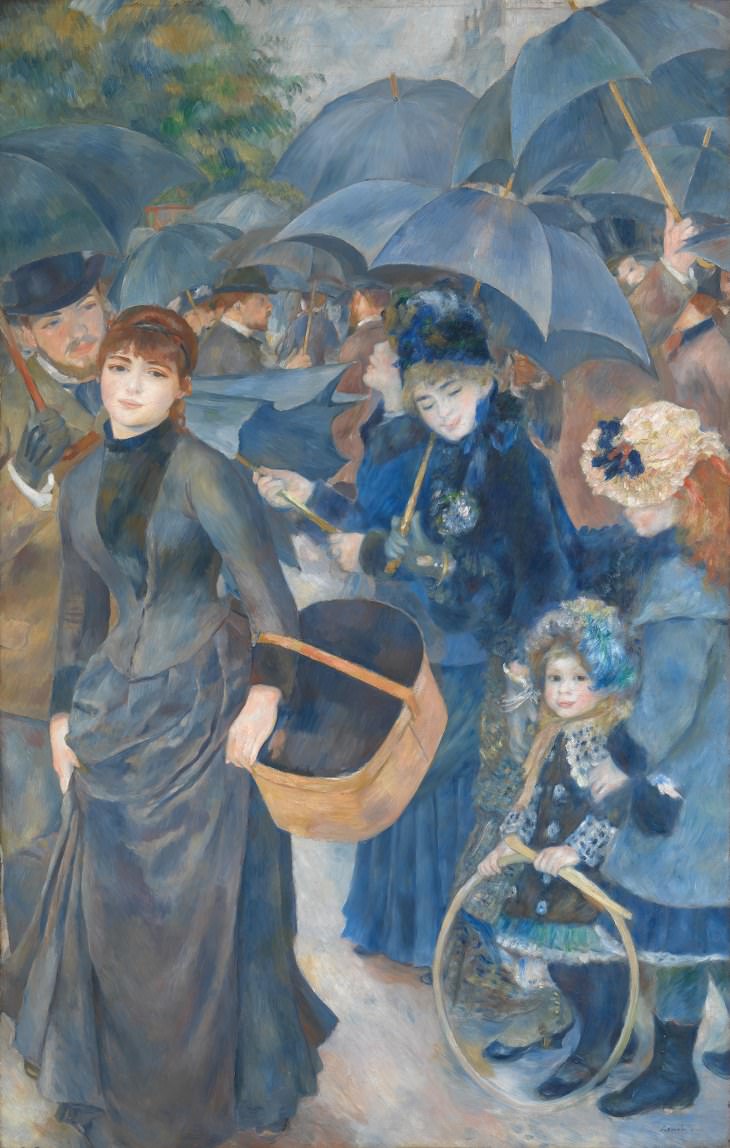
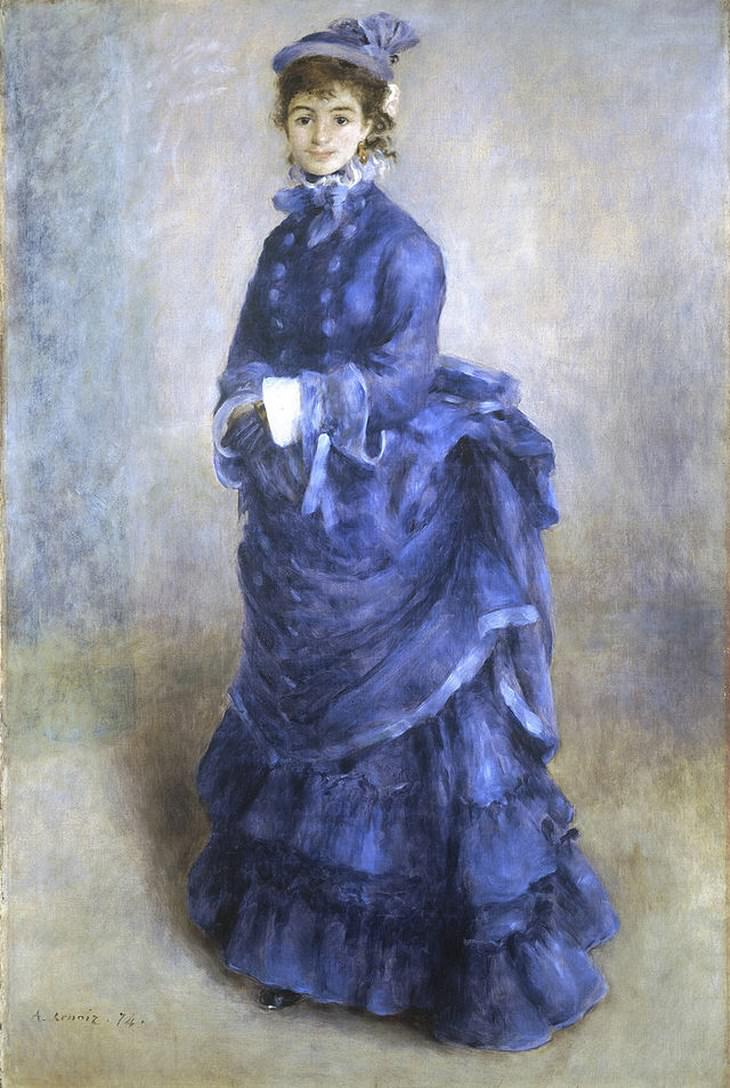
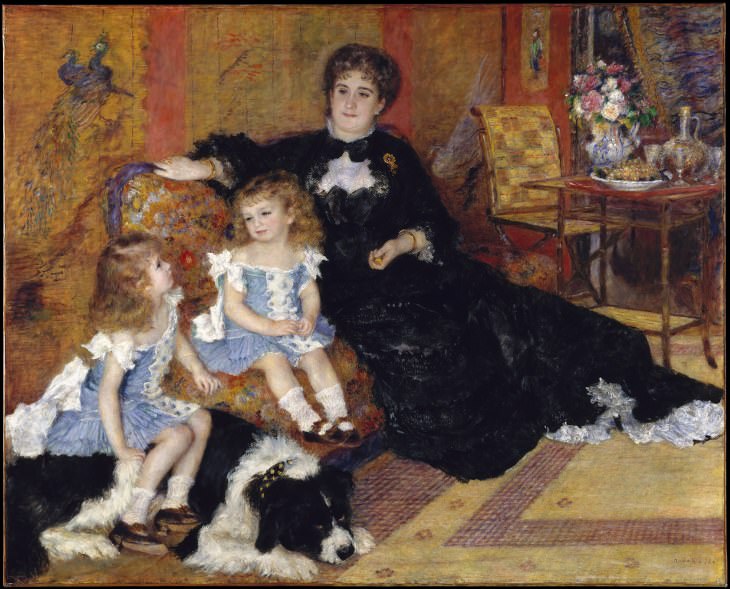
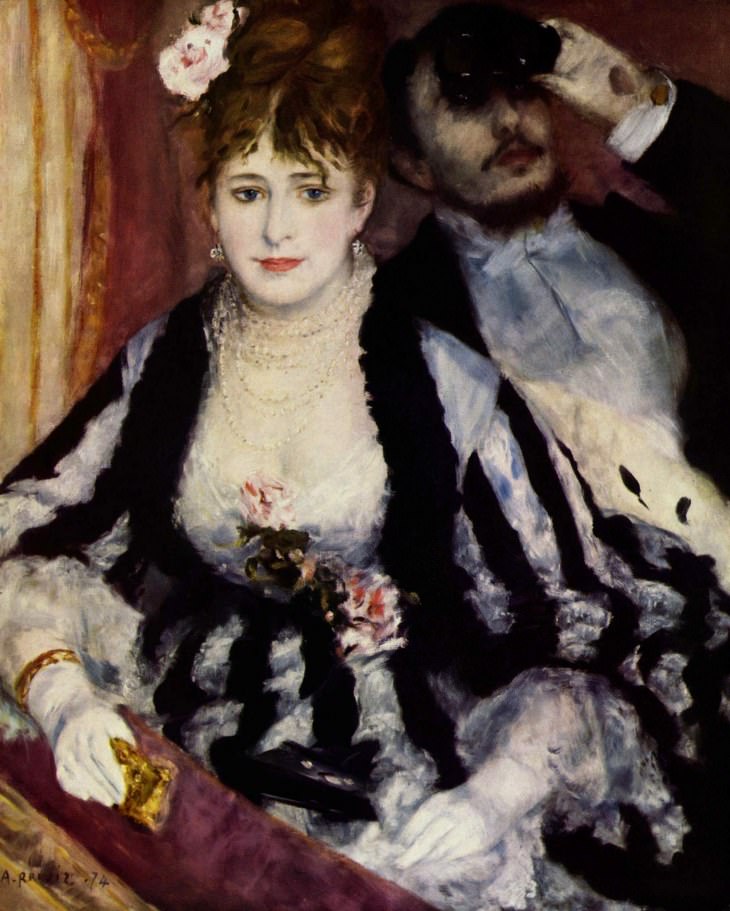
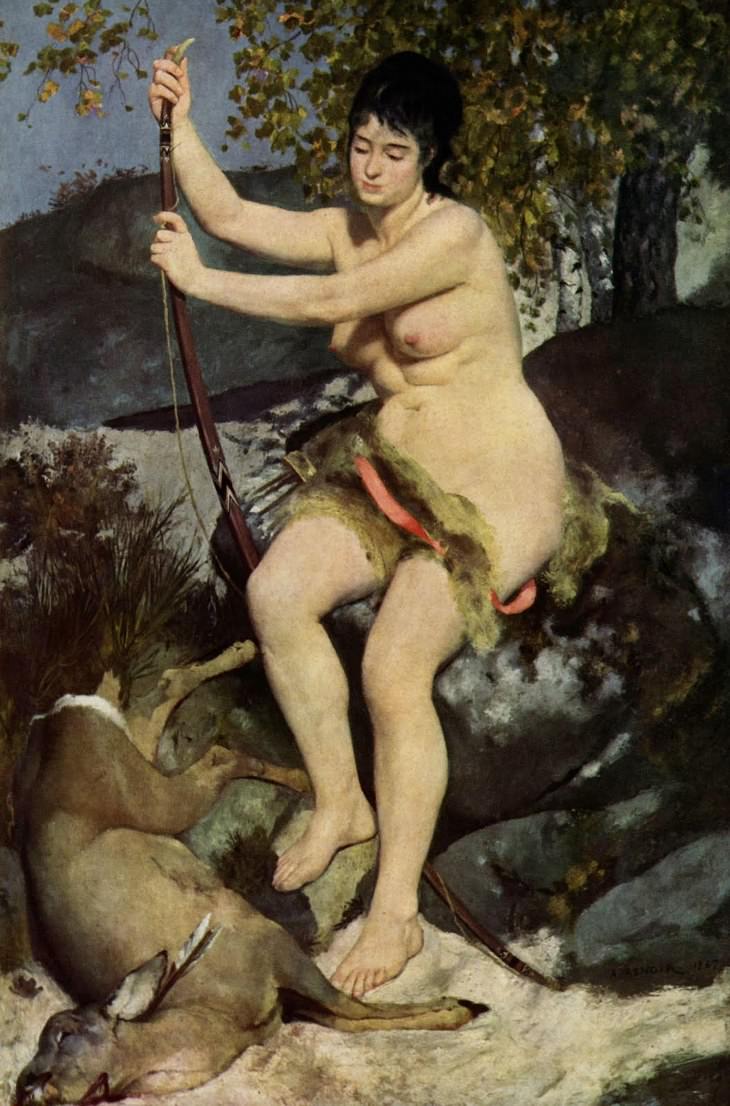
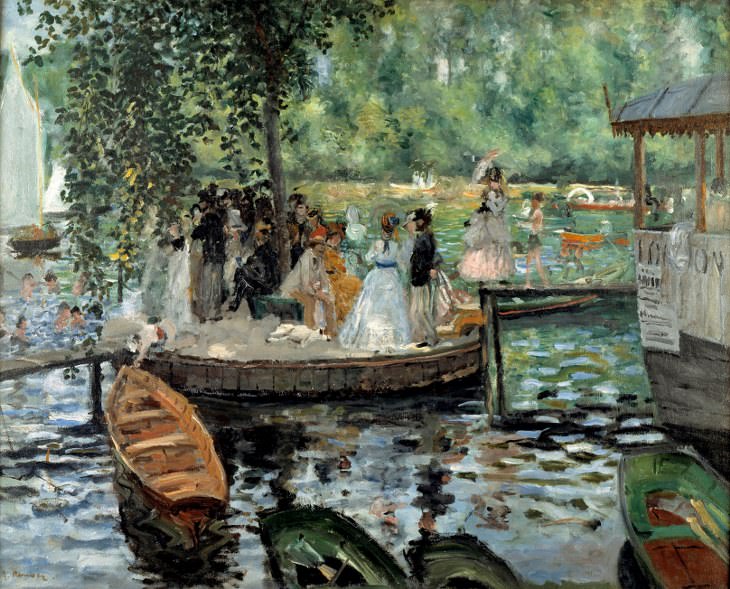
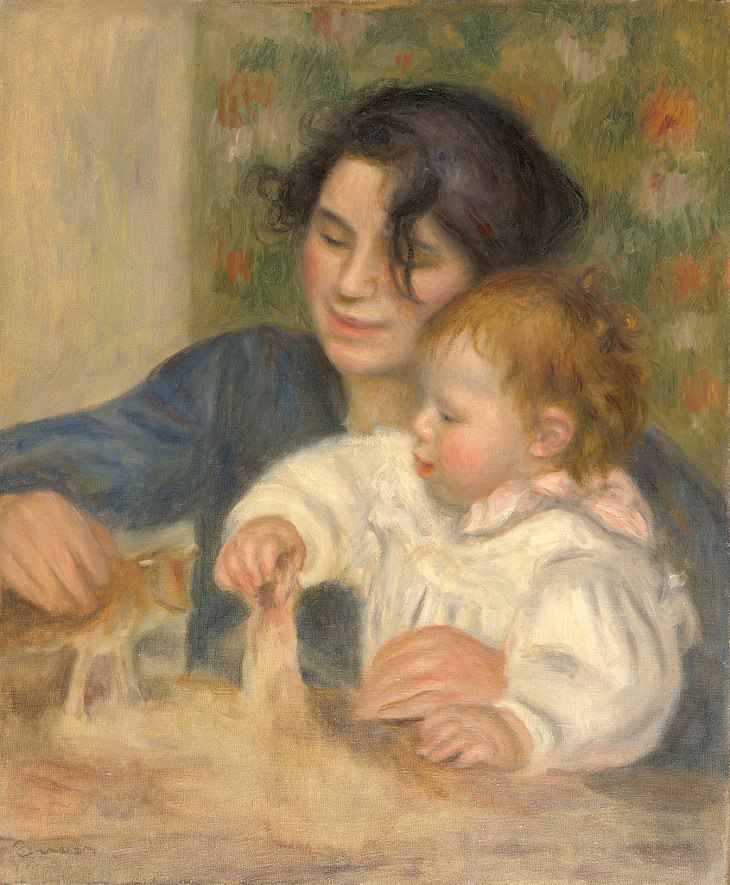

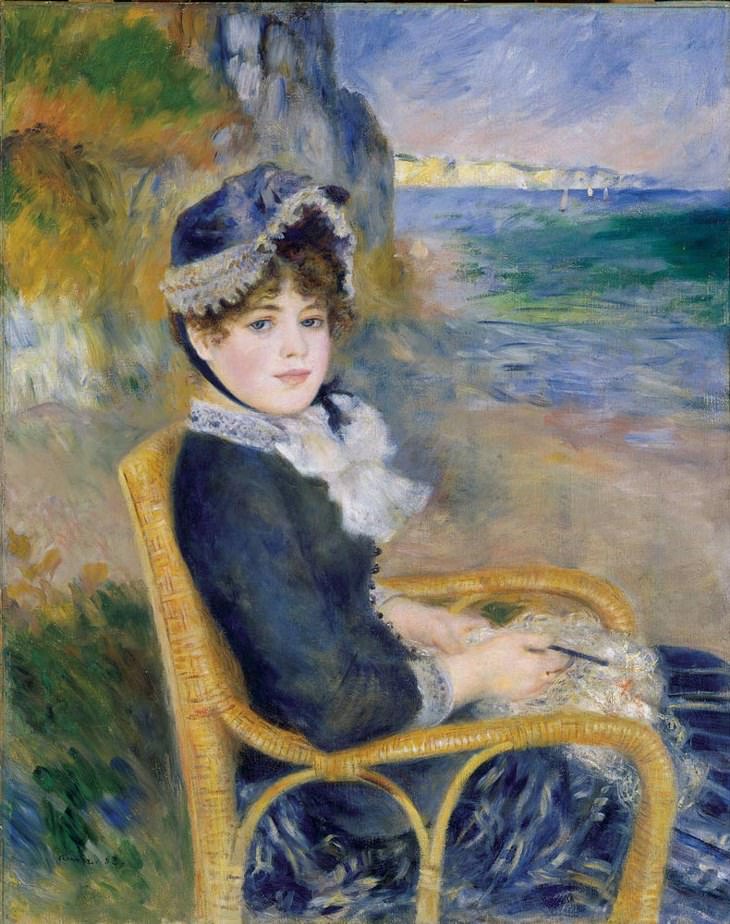
BONUS: Learn More About Renoir's Life & Art Here: